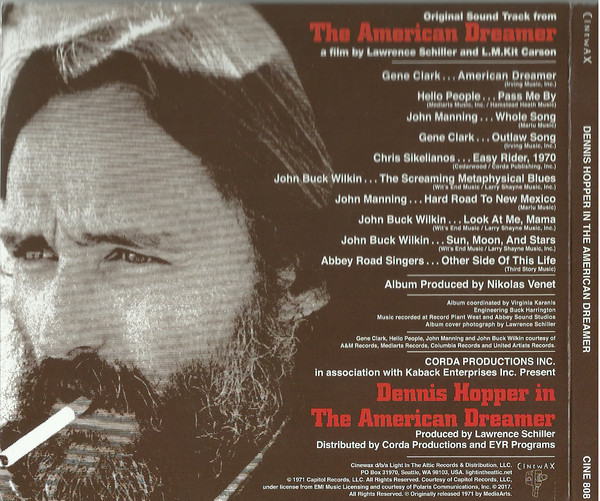
.jpg)

Hopper grew up on his grandparent’s isolated farm where he spent hours watching the Kansas horizon and passing railway trains, constantly framing and recording the movement of nature in his mind without possessing a documentation tool like a film camera. Early Lifeĭennis Lee Hopper was born on May 17, 1936, the first child to Jay and Marjorie Hopper in Dodge City, Kansas.

Instead, the subjects Hopper filmed throughout this career were chosen by the filmmaker for the purpose of communicating the unheard voices of the American public (with all its confused and raging social and political developments) back to the Hollywood elite so that it could be seen, in a Duchampian sense, as high art. All my friends teased me about being a tourist.” 3 By being labeled a ‘tourist’, Hopper was recognised as a filmmaker that did not exist as a separate, exiled celebrity voice that projected an imagined version of the trials and tribulations of the public on screen. In 1994, Dennis Hopper reminisced about his work in photography stating, “From 1961 onwards I carried my camera everywhere. The subjects, places and people Hopper made films about can often be traced back to a photographic study he completed prior to directing a film. Above all art mediums and practices he encountered in his life, still photography remained Hopper’s greatest obsession until his death. This in itself is a radical mentality, as it displays how Hopper simultaneously assumed the role of an artist, art-maker and curator in a single moment. Secondly, with his knowledge of art history, Hopper possessed enough information to recognise when an object was worthy of being labeled as ‘new art’. Firstly, for Hopper to recognise that the Hotel Green Sign reminded him of a previous Duchamp work, the young actor needed to possess a familiarity with the developments of art history in order to make a connection between the two. The metamorphosis of the Hotel Green Sign reveals a specific two-step process of how Hopper creates art, that I will use as a framework to discuss his filmography. I would like to use Hopper’s encounter with Duchamp as a key to unlock the (greatly undermined) artistic efforts of Hopper’s cinema.

2ĭennis Hopper’s Hotel Green (Entrance), (1963) The Tourist 1 The significance of Hopper’s assumption is that prior to becoming a filmmaker, he had the ability to see beyond and into the possibility of not only what the hotel sign was but what it could be particularly as the transfiguration into an art object was not performed by the artist Duchamp, but by an encounter between the object and viewer (that is, Hopper). In 2005, Hopper reflected on this crucial moment in his life by stating that at the time, his “assumption about the status of American art was that the artist of the future would no longer paint but ‘point his finger’ and say ‘it’s art’ and it would be art”. Recalling that the Hotel Green’s entrance sign reminded him of a Duchamp artwork called Tu m’ (1918), Hopper (along with his then-wife Brooke Hayward and friend Walter Hopps) stole the entrance sign for Duchamp to autograph, and the artist gladly did so. Having found himself at the reception party held at The Hotel Green, Hopper learned that Duchamp was also in attendance, signing any object or pieces of art for anyone who asked him to do so. On October 8 1963, a young actor named Dennis Hopper attended the first retrospective at the Pasadena Art Museum in California for the French artist Marcel Duchamp. Issue 82 17 May, 1936, Dodge City, Kansas


 0 kommentar(er)
0 kommentar(er)
